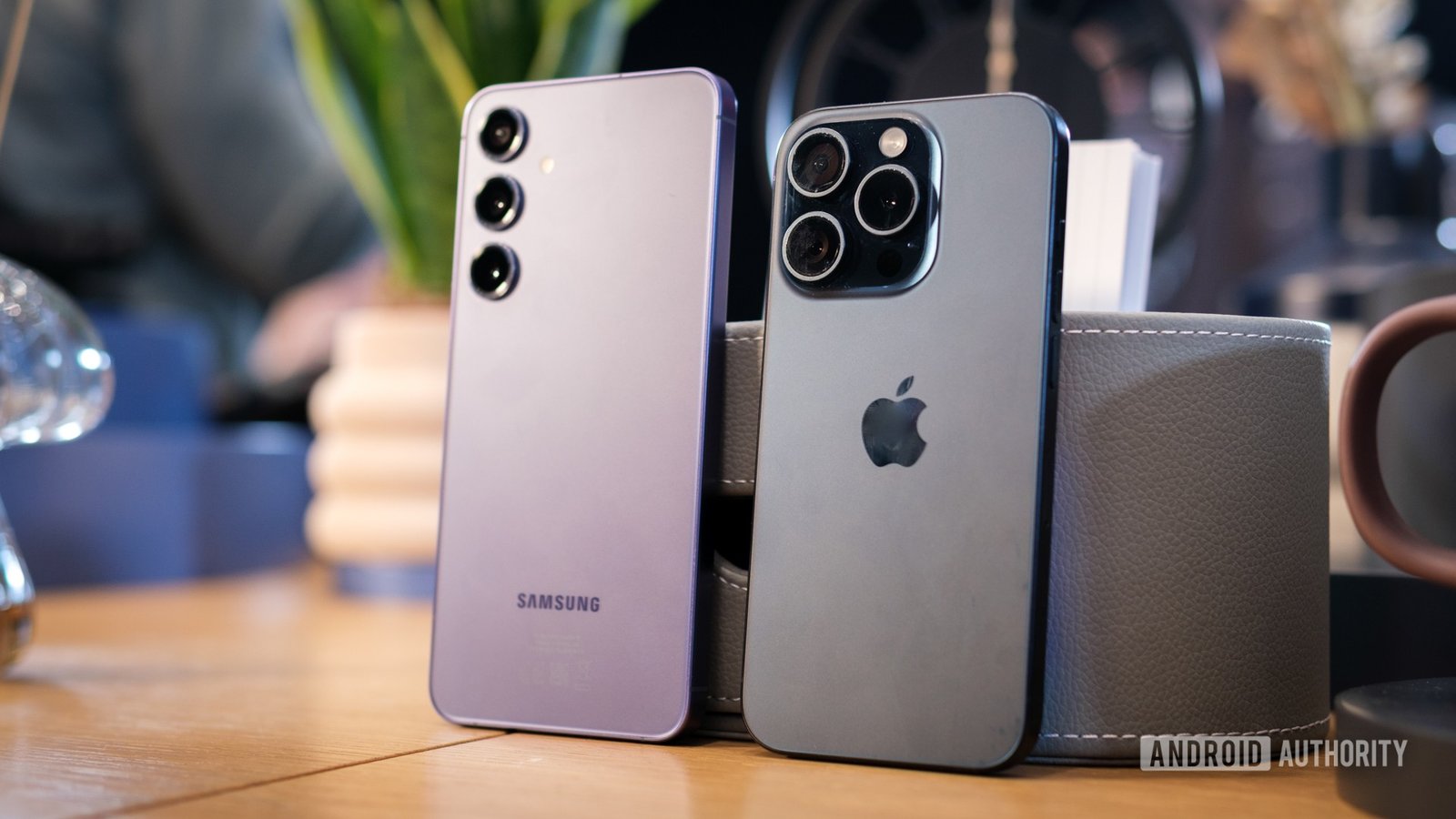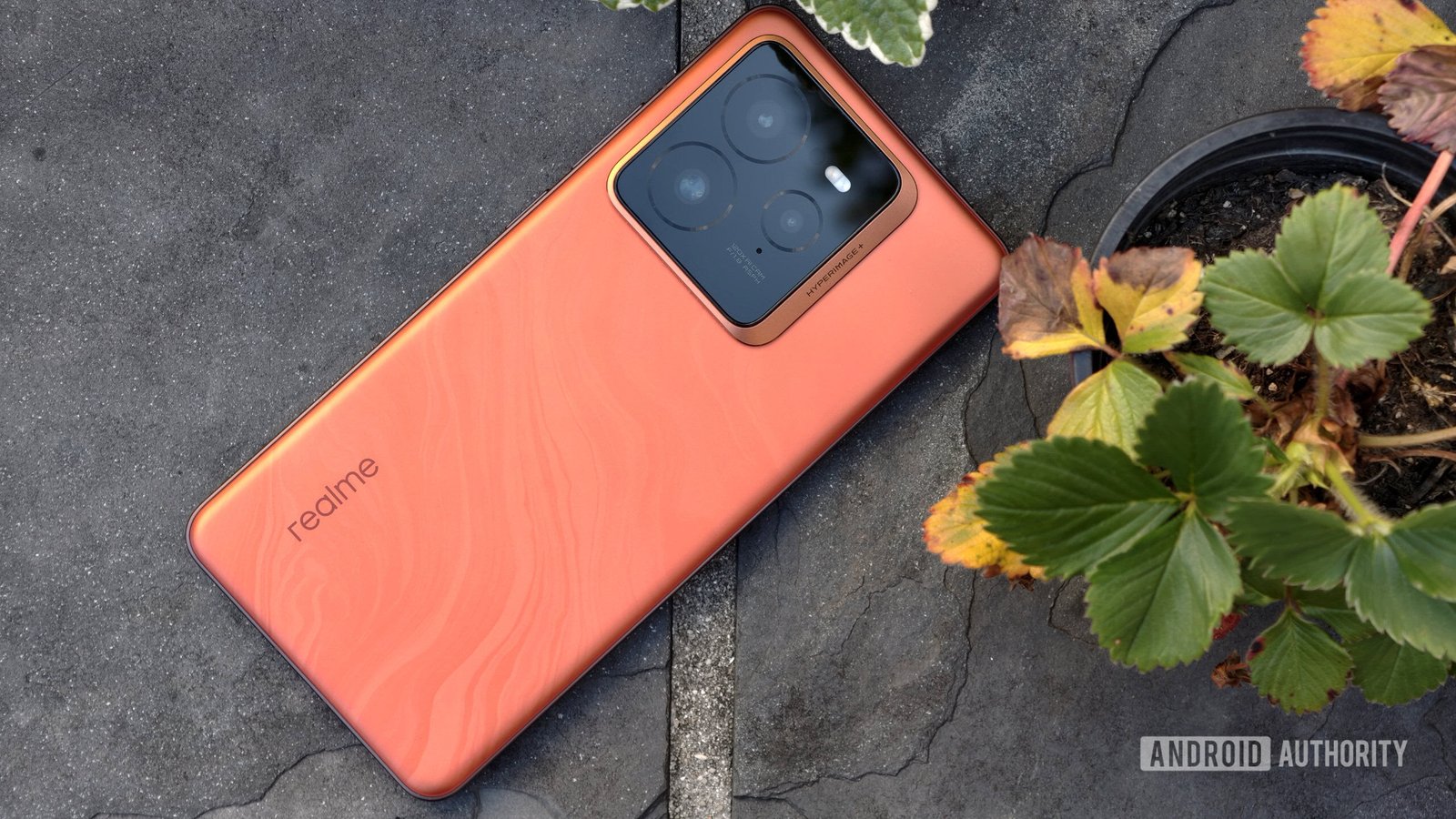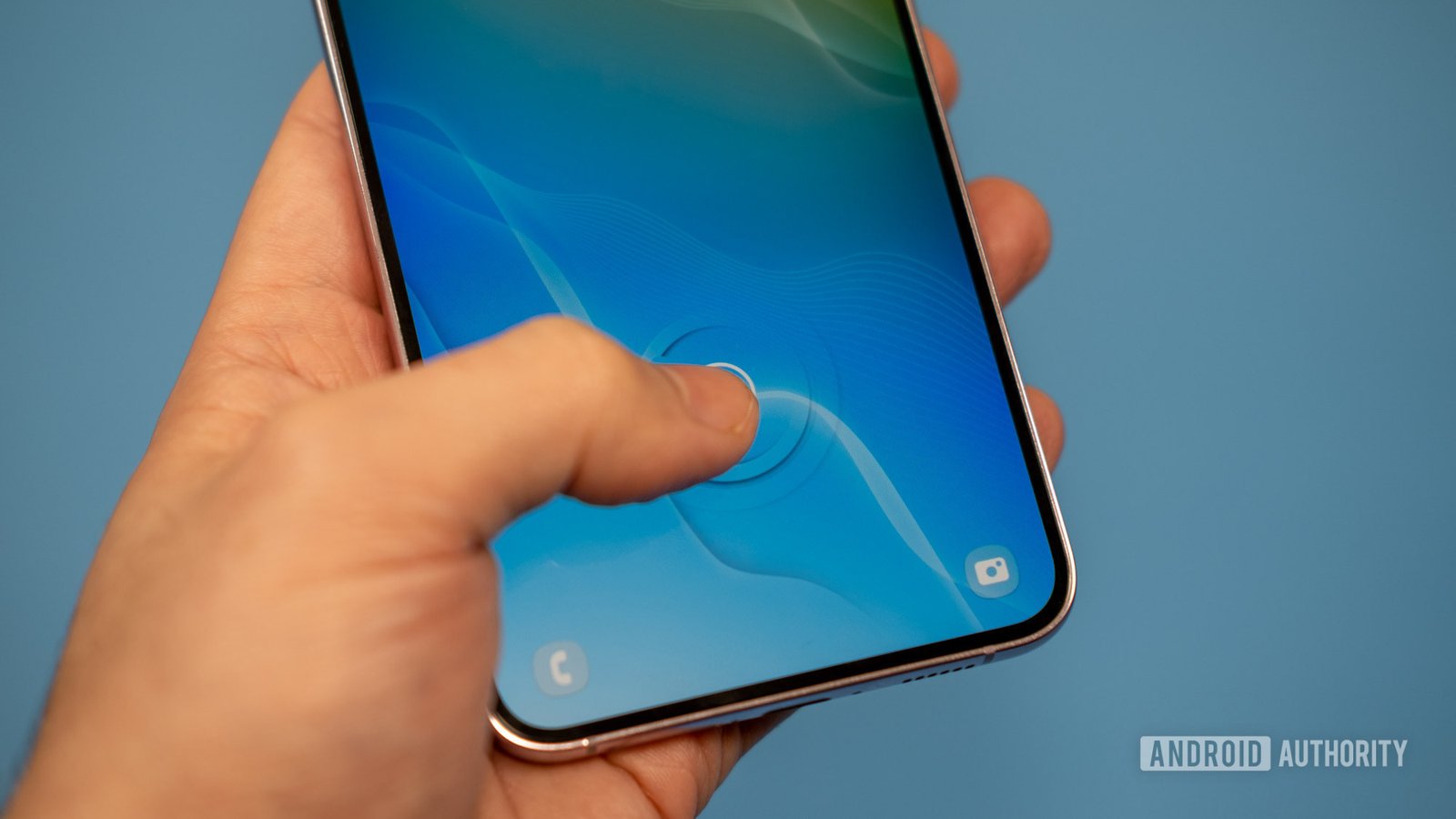Ryan Haines / Android Authority
The first wave of next-generation Android phones has launched, with major Chinese players like HONOR, OnePlus, OPPO, and others all revealing their wares. This is just the start, though, and we expect plenty more high-end Android phones to launch in 2025.
What do these phones — sporting all-new processors and other hardware upgrades — tell us about what to expect in 2025, though? From battery life to performance gains and beyond, here’s what next year could hold.
What trend are you looking forward to in 2025?
0 votes
Much better battery life

Robert Triggs / Android Authority
One of the more notable improvements to expect in next-generation smartphones is much better battery life, at least in theory, and there are a few reasons for this. Perhaps the biggest reason is the wider adoption of silicon batteries, offering more capacity for the same physical size than lithium batteries. Everyone from HONOR and Xiaomi to OPPO and OnePlus are stepping up in this regard. In fact, the vivo X200 Pro Mini has a more compact 6.39-inch screen paired with a large 5,700mAh battery. On the other end of the spectrum, the realme GT7 Pro squeezes a 6,500mAh battery into its frame.
Between more efficient processors and much bigger batteries, we’re expecting a major endurance boost in 2025.
Another reason to expect better battery life in 2025 is that two of the leading Android phone processors, the Snapdragon 8 Elite and MediaTek Dimensity 9400, are both built on a TSMC 3nm process. This promises major efficiency gains over the previous 4nm processes used for previous high-end chips. In fact, Qualcomm says the new Snapdragon processor is 44% more efficient than the previous chip, while MediaTek says its processor is 40% more efficient.
Don’t just take my word for it, though. Colleague Rob Triggs tested the Snapdragon-powered ROG Phone 9 Pro and found major battery life improvements over the previous generation. The standout gains came via Zoom calls (30%), 4K video playback (30%), and web browsing (46%). Do expect increased power drain when running these new phones at full speed, but you’re only really doing that in benchmark apps.
A huge leap in performance

Robert Triggs / Android Authority
Perhaps the headline improvement for next-generation flagship Android phones is performance, as the Snapdragon 8 Elite adopts a custom Oryon CPU. Our own initial testing with the realme GT7 Pro didn’t quite reach Qualcomm’s 45% CPU/GPU improvement claims, but we still saw very impressive yearly gains. Meanwhile, the ROG Phone 9 Pro effectively matches Qualcomm’s CPU claims but falls a bit short in the GPU category.
MediaTek’s Dimensity 9400 doesn’t offer the same huge CPU boost, but our OPPO Find X8 Pro testing found that the phone was a beast in GPU stress tests while running cooler than the ROG Phone 9 Pro. So mobile gamers should keep that in mind.
Thin phones might make a comeback (but I hope they don’t)

Robert Triggs / Android Authority
Smartphone makers fought over the thinnest phone crown over a decade ago, and we even saw ultra-thin phones without a headphone jack back then. Now, it looks like this war could be reignited in 2025.
We’ve heard loads of rumors about a so-called iPhone 17 Air, featuring a slimmer design than other iPhone 17 models. If that wasn’t enough, we also recently heard that Samsung could launch a Galaxy S25 Slim a few months after the Galaxy S25 series.
Apple and Samsung are tipped to launch much slimmer phones in 2025, but I hope this doesn’t become a major trend.
This could potentially spark a wider thin phone war among smartphone makers. After all, how many OEMs blindly follow Apple in the first place? The drawbacks would, of course, include smaller battery capacities and potentially hotter devices too, undoing the benefits we just mentioned.
Brace yourself for price increases (or downgrades)

Hadlee Simons / Android Authority
Qualcomm previously confirmed that the Snapdragon 8 Elite would likely be more expensive than the Snapdragon 8 Gen 3, and recent leaks point to a 20-30% price hike. Even the Dimensity 9400 is said to be more expensive than the Dimensity 9300. It’s not just processors that are said to be more expensive, as RAM prices have also reportedly seen a hike.
Android phone manufacturers will need to do something about these rising costs. They could pass these increases on to consumers by charging a higher price for new phones. The alternative would be for these brands to offer downgraded features (or avoid major upgrades) to keep bill-of-materials costs in check.
We’ve already seen some downgrades, like the more affordable ASUS ROG Phone 9 completely ditching a telephoto camera you’ll find on the Pro. Meanwhile, the Xiaomi 15 ships with a 50MP 2.5x camera instead of last year’s 50MP 3.2x shooter. Realme’s GT7 Pro also ditches wireless charging despite the GT5 Pro offering this feature. So don’t be surprised if more phones come with a few downgrades or skip major upgrades altogether. We could even see brands like Samsung maintaining the price of the Galaxy S25 series in some regions while increasing the price in other markets to compensate. The company did this with the Galaxy S23 series last year, as global markets effectively subsidized US pricing.
In-display fingerprint sensors that won’t suck

Ryan Whitwam / Android Authority
The first in-display fingerprint sensors were pretty bad, featuring slow scanning speeds and often requiring several tries. But the technology has made major strides over the years, and we’ve even seen some flagship phone makers switch from optical-based fingerprint sensors to faster, more reliable ultrasonic solutions. These scanners even let you unlock your phone with wet fingers.
Ultrasonic in-display fingerprint sensors are gaining steam in the flagship phone segment owing to Chinese brand Goodix.
Qualcomm was one of the only major suppliers of ultrasonic in-display fingerprint sensors for the longest time. However, something big happened in this space earlier this year as Chinese company Goodix announced the commercial availability of its first ultrasonic in-display scanner. The tech debuted on the vivo X100 Ultra and we’ve since seen a raft of other Chinese flagship phones with this tech, including the Xiaomi 15 series and OnePlus 13. So, you should expect more widespread availability of ultrasonic in-display fingerprint sensors in 2025.
Water-resistant phones everywhere

While water resistance certainly isn’t new, the latest flagship phones have virtually all adopted IP68 and even IP69 ratings. Pretty much all the current Snapdragon 8 Elite and Dimensity 9400 phones have full-fledged water resistance. Some of them have a higher-spec IP69 rating, too, which protects against high-pressure water jets and high-temperature water.
The IP69 rating isn’t exactly practical for the vast majority of users. After all, how often do you use a pressure washer? But I’m still glad to see more brands embrace proper water resistance. Even the OnePlus 13 is embracing IP68/IP69 ratings, although it remains to be seen whether this will apply to global models. Realme’s latest flagship offers these ratings too, which is a big deal for a value-focused brand that has largely eschewed water resistance. Still, we’re expecting even more devices to offer IP68 ratings, at the very least.
That’s it for our list of trends to expect in 2025, but we can think of a few more things to watch out for. There’s a small chance that some phones could offer 8K/60fps video capture, as MediaTek’s latest chip supports this standard. We’re also expecting a few OEMs to offer so-called agentic AI services, which can autonomously complete tasks on your behalf. Are there any next-generation smartphone trends we may have missed? Let us know in the comments!
